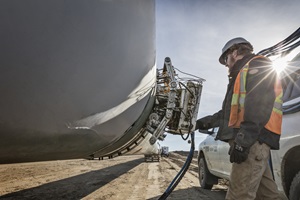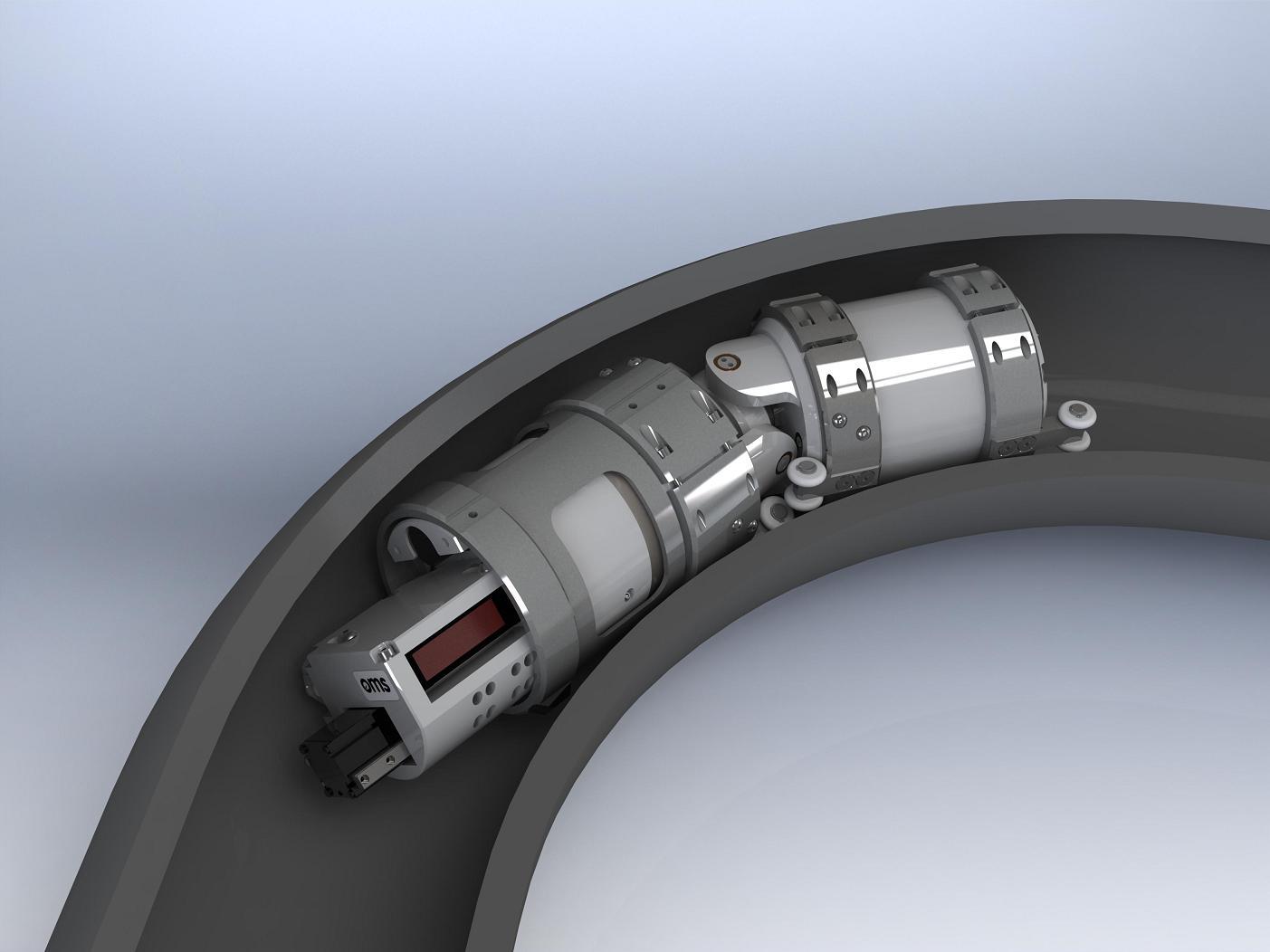Making The Most Of Performance: Pipe Welding Examination Best Practices
In the world of pipe building, the stability and security of bonded joints are critical. Ensuring that welding inspections are carried out efficiently and efficiently can substantially impact the total quality of the task. By implementing best practices for pipe welding assessment, companies can enhance processes, reduce mistakes, and boost job timelines. From making use of cutting-edge modern technology to developing strict inspection protocols, there are numerous strategies that can be used to make the most of effectiveness in this vital element of pipe construction - Pipeline Welding Inspection. The precise focus to detail required in welding examination holds the crucial to the lasting longevity and integrity of the pipelines, making it a subject of utmost value in the industry.

Significance of Reliable Welding Assessments
Effective welding inspections play an important role in guaranteeing the structural honesty and safety and security of pipelines. Correct assessments are vital to recognize any issues, stoppages, or flaws in the welded joints that can endanger the overall integrity of the pipe system. By carrying out complete inspections, examiners can discover problems at an early stage, avoiding possible leaks, tears, or failings that could have significant ecological and safety and security consequences.
Precise and timely welding evaluations also assist in preserving conformity with industry standards and guidelines. Adhering to these requirements is not only a legal demand however likewise a necessary measure to ensure the integrity and longevity of the pipes. Efficient examinations can add to cost financial savings by decreasing the demand for expensive fixings or substitutes due to welding defects that can have been avoided or dealt with during the evaluation process.
Utilizing Innovation for Evaluations
To enhance the efficiency and accuracy of pipeline welding inspections, the assimilation of sophisticated technologies has actually ended up being increasingly essential in making certain detailed and precise evaluations of bonded joints. One of the crucial technological innovations in pipeline welding examinations is the use of automated ultrasonic screening (AUT) systems. By accepting these technical solutions, pipe welding evaluations can be performed much more properly, leading to higher top quality welds, improved total safety, and lowered project timelines.
Developing Clear Evaluation Procedures
Establishing clear evaluation methods is important for making certain consistency and dependability in the pipe welding inspection process. These procedures function as a set of guidelines that describe the specific steps, criteria, and approaches to be complied with throughout examinations. By clearly specifying the examination protocols, all examiners included in the procedure can recognize their roles and obligations, bring about a more effective and standard assessment operations.

Routine evaluation and updates to the assessment procedures are likewise vital to adjust to altering market requirements and demands. By constantly refining and enhancing official source the protocols based on feedback and lessons discovered, pipeline welding evaluations can support the best standards and governing conformity.
Training and Accreditations for Examiners

Educating and accreditations for examiners are paramount in making certain the skills and efficiency of people charged with supervising pipe welding procedures - Pipeline Welding Inspection. Correctly educated assessors possess the essential understanding and skills to properly examine weld quality, adherence to welding treatments, and compliance with sector standards and laws
Accreditations, such as those offered by the American Welding Culture (AWS) or the American Petroleum Institute (API), verify an inspector's experience and capability to execute assessments to the highest requirements. These certifications commonly require extensive training, exams, and continuous specialist development to make sure that inspectors remain current with the current developments in welding innovation and evaluation methods.
In addition to formal accreditations, continual training programs play an important duty company website in enhancing examiners' abilities. These programs cover a variety of topics, consisting of welding procedures, defect detection, security methods, and pertinent codes and standards (Pipeline Welding Inspection). By purchasing detailed training and qualifications for assessors, business can promote the honesty of their pipe welding tasks and mitigate the threats related to subpar welds
Constant Enhancement in Inspection Procedures
Structure upon the structure of trained and certified examiners, continuous renovation in examination processes is important for making certain the ongoing top quality and compliance of pipeline welding procedures. By carrying out a system of continual improvement, pipeline welding examination processes can advance to satisfy the transforming demands of the market, technological developments, and regulatory demands. This entails on a regular basis analyzing and reviewing inspection tools, treatments, and strategies to recognize areas for improvement.
One secret element of continuous renovation in evaluation processes is comments. Collecting input from inspectors, welders, designers, and other stakeholders permits a thorough evaluation of existing methods and the identification of possible areas for renovation. Furthermore, leveraging information and analytics can give useful insights into the efficiency of inspection procedures, enabling notified decision-making for optimization.
Furthermore, purchasing training and development programs for examiners can make certain that they sites are geared up with the latest understanding and abilities to perform their tasks efficiently. Constant renovation is a dynamic procedure that calls for dedication and commitment from all stakeholders to drive quality in pipe welding evaluation methods.
Verdict
To conclude, taking full advantage of effectiveness in pipe welding examinations is vital for making sure the quality and safety and security of facilities projects. By making use of innovation, establishing clear methods, offering correct training and accreditations for inspectors, and continually improving examination processes, organizations can enhance their operations and lessen risks. It is imperative for markets to prioritize effective welding inspections to preserve high criteria and meet governing needs.
Effective inspections can add to cost financial savings by reducing the demand for costly repair services or replacements due to welding problems that can have been avoided or remedied throughout the evaluation procedure.
Developing clear evaluation procedures is essential for making sure uniformity and reliability in the pipeline welding assessment procedure. By plainly defining the evaluation procedures, all assessors involved in the process can comprehend their responsibilities and roles, leading to a much more standard and reliable inspection workflow.
Clear evaluation procedures aid in lowering the possibility of errors or oversights during the evaluation process.Building upon the foundation of skilled and licensed assessors, continual renovation in examination procedures is crucial for making certain the recurring quality and conformity of pipe welding operations.